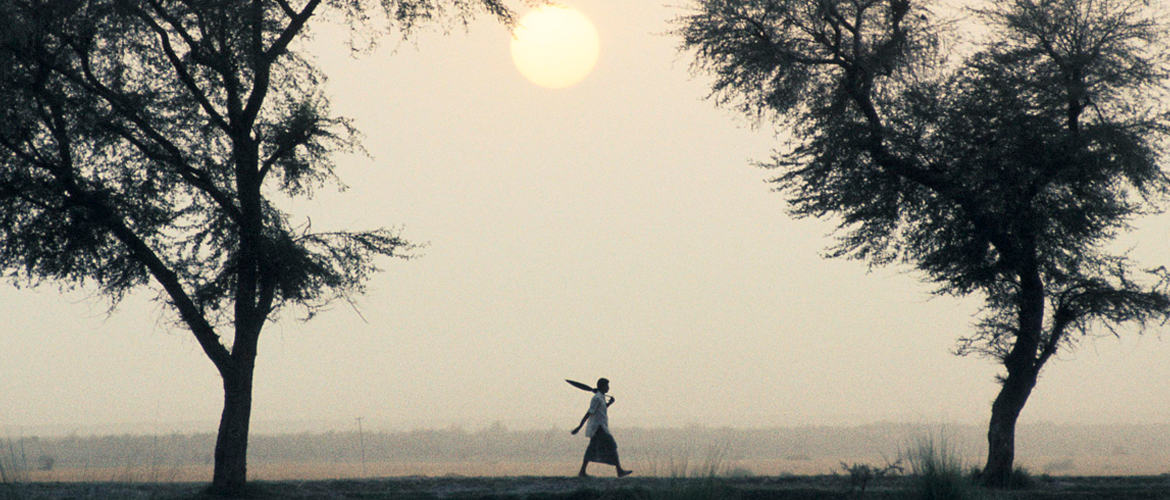The risk screening tools are a free online resource offered to all internal and external registered users of the site.
If you are new to the website, before you can start using the Risk Screening Tools, you need to create an account. You can do this by clicking 'Login', at the top righthand corner of this page (or select the 'Login & Dashboard panel below) and follow the steps to register an account. For previously registered users - to access your existing account, follow the same instructions and use your existing login credentials to sign-in.
Title
About Climate and Disaster Risk Screening
Climate and Disaster Risk Screening is a process for identifying short and long term climate and disaster risks to build resilience in development projects, policies, and programs. Identifying risks and proactively incorporating resilience measures – at an early stage of project design – can help projects achieve their development objectives. The Climate and Disaster Risk Screening Tools available on this website, can be used by development practitioners for high-level screening at an early stage of project design or in national level planning processes.
Title
The Climate and Disaster Risk Screening Tools
The Climate and Disaster Risk Screening Tools offer two types of assessment. The In-Depth assessment provides a detailed evaluation of current and future climate and disaster risks. It is the recommended assessment option for users who may need additional guidance on the climate and disaster risks that may impact a project or program.
The Rapid Assessment Screening Tools provide a faster assessment of current and future climate and disaster risks. This screening assessment is a good option for users who are familiar with risk screening considerations, already have knowledge on the climate and disaster risks that may impact their project or program, and/or are screening projects with no physical components.



